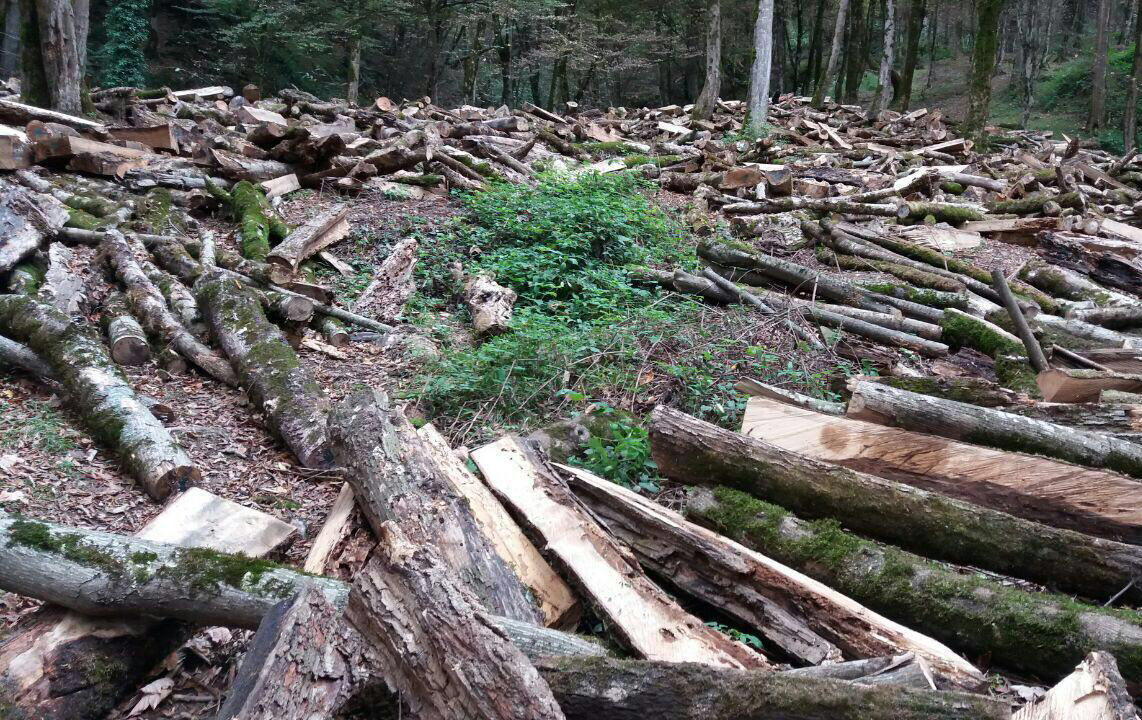The government's 2013 directive, which restricted all exploitation of northern forests to broken and fallen trees, appears to have finally taken effect following a letter from the agriculture minister to the head of Forests, Range and Watershed Management Organization.
Mahmoud Hojjati's letter, which orders the suspension of all projects in the forests, faced fierce objection by the supporters of forest exploitation schemes and even FRWO, resulting in the attempted resignation of Khodakaram Jalali, deputy agriculture minister and head of FRWO.
The resignation, however, was rejected by the minister, who reminded his deputy of the directive that had called a halt to any commercial or industrial exploitation of the forests as part of a short-term program to allow forests a respite, the Persian daily Iran reported. Based on Hojjati's order, all projects with commercial purposes are forbidden, and permits for ongoing projects will not be renewed. The minister has also ordered local officials to negotiate with project managers to stop their projects prior to the expiration of their permits.
Hojjati has also asked his deputy to consider facilitating the import of wood by revising the tariffs so that wood industries can meet the country's growing demand for timber.
The construction of any new roads in forests has been prohibited by the decree and the allocated budget must be spent instead on maintaining the existing roads and ensuring that no damage is inflicted on forests.
Hojjati, who seems to be frustrated with his subordinates' inaction to protect forests, has stressed that conservation programs must be prepared by experts and based on professional plans.
The minister's unprecedented and tough stance is a breath of fresh air for the dwindling northern forests after 50 years of unsystematic exploitation. However, concerns remain over the condition of forests after the prohibition, as the natural resources will most likely fall in the hands of wood smugglers if they are abandoned and funds are not allocated for conservation programs.
In 1941, Iran’s northern forests covered an area of 3.4 million hectares that shrank to 1.8 million hectares in 2000s. In 2002, the Department of Environment described one-third of this area as damaged woodland and 1.2 million hectares as pristine forest.


